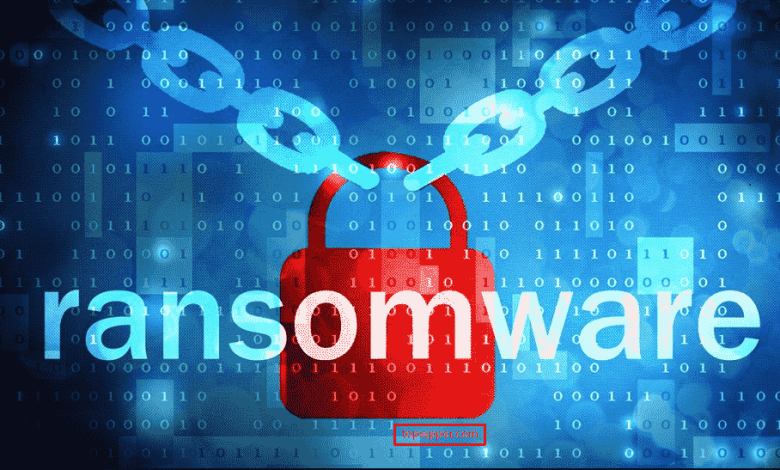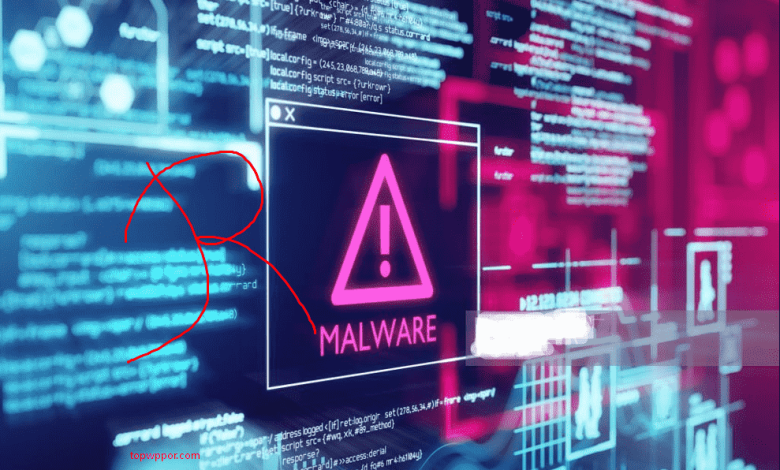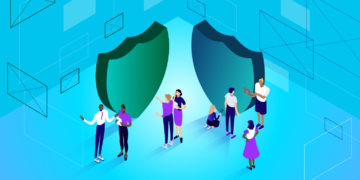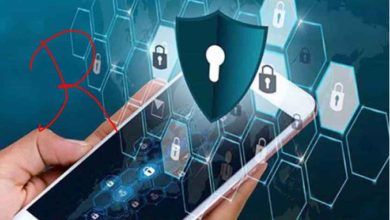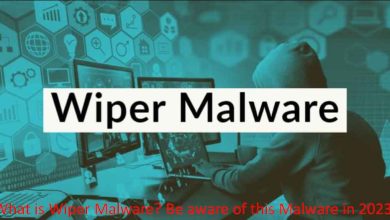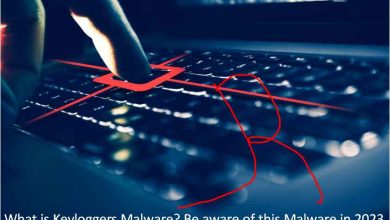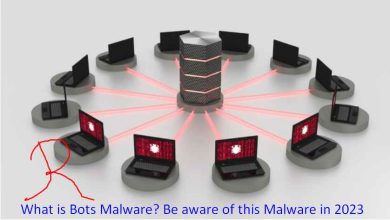**** What is Ransomware?****
Ransomware is malware intended to duplicate records having a place with clients or their PCs. By scrambling the record and requesting the arrival of the key, digital assailants give simple decoding in a place that is the most effective way to recuperate the information in their documents. Some variant apps have added functionality such as data theft to give ransomware more incentive to pay the ransom. Free Make Money Online
.how to ransomware malware attacks Know and be aware of malware ****Ransomware has quickly become the most important and visible type of malware. Attempted malware attacks have undermined the ability to deliver critical public services, crippled public systems, and damaged organizations. (Article Rewriter)(Plagiarism Checker)
Why are ransomware attacks rising?
2017 marks the first time that the craze for MillerRansom started with Wanachari. This large-scale and high-publicity attack makes ransomware attacks possible and successful. Since then, dozens of ransomware variants have been made and used in different attacks.
The Code-19 pandemic also seeks to increase vaccine offerings. As companies quickly moved farther afield, their cyber defenses were hampered. Cybercriminals have managed to do this to deliver ransomware, leading to the spread of ransomware. In Q3 2020, ransomware attacks increased by 50% from the first half of that year.
Ransomware variant
Don ransomware variants exist, some with unique features. Different information identities have made them much more successful and successful.
1*** Ryuk
Ryuk is an example of a very targeted ransomware variant. This is typically done through spear phishing emails or using compromised user credentials to log into enterprise systems using Remote Desktop Protocol (RDP). Once a system is infected, Ryuk encrypts certain types of files (those that are critical to the computer’s existence), then demands a ransom.
Ryuk’s biggest technology is known as ransomware. Ryuk demands a ransom that is more than $1. As a result, Ryuk has the mass resources to demand development by focusing primarily on initiatives that cybercrime is behind.
2*** Maze
Maze ransomware begins collecting sensitive information from students’ computers before encrypting the maze, to begin paying ransom to file encryption and data theft leak targets. If the ransom demand is not met, this information will be made public or given to the bidder. A large digital data breach was used as an incentive to pay.
Their activities ended in the network of passes of Mage Ranier. But that doesn’t mean ransomware is normal. Some puzzlers consider the transition to the use of egregor ransomware as a common origin of the egregor maze and Sekhmet variants.
3**** Reveal (Sodinokibi)
Reveal Network (also known as Sodinokibi) is a secure ransomware variant that targets large organizations.
REvil is one of the most well-known ransomware families on the net. Since 2011, the Russian-speaking REvil network ransomware board has been responsible for many major breaches such as ‘Kaseya’ and ‘JB’.
It has been shared with Ryuk for the title of the most advanced ransomware threat over the past few years. Reveal has reportedly requested an $800,000 ransom.
Although REvil started out as a traditional ransomware virus, it has evolved with-
They are using double extortion technology – the files mean that, in addition to requesting the release of the data to decrypt it, the attackers can also allow the stolen data to be released if no other payment is made.
4*** Lockbit
Lockbit is a data encryption malware operating since September 2019 and the latest Ransomware-as-a-Service (RaaS). This piece of ransomware was developed to quickly encrypt large organizations as a way to prevent rapid detection by security equipment and IT/SOC teams.
5*** Dear Cry
In March 2021, Microsoft released patches for four vulnerabilities in Microsoft Exchange Server. DearCry is a new ransomware variant designed to take advantage of four recently disclosed vulnerabilities in Microsoft Exchange
DearCry ransomware encrypts certain types of files. When encryption is finished, DearCry will display a ransom message instructing users to send an email to the ransomware operators to learn how to decrypt their files.
6*** Lapsus$
Lapsus$ is a South American ransomware gang associated with cyber attacks on some high-profile targets. Cyber gangs are known for extortion, threatening to release sensitive information if its victims are not claimed. The group boasts breaks among Nvidia, Samsung, Ubisoft and others. The group uses stolen source code to disguise malware files as trustworthy
*How Ransomware Works
To succeed, ransomware needs to gain access to a target system, encrypt files there, and demand a ransom from the victim.
Although implementation details vary from one ransomware variant to another, all share the same core three layers.
Step 1**** Transmission and distribution vectors
Ransomware, like any malware, can gain access to an organization’s systems in a variety of ways. However, ransomware operators prefer a few specific infection vectors.
One of these is a phishing email. A malicious email may contain a link to a website hosting a malicious download or an attachment built into the downloader functionality. If the email recipient falls for the phish, the ransomware is downloaded and executed on their computer
Another popular ransomware infection vector takes advantage of services such as Remote Desktop Protocol (RDP). With RDP, an attacker who has stolen or guessed an employee’s login credentials can use it to authenticate and remotely access a computer within an enterprise network. With this access, an attacker can directly download malware and run it on machines under their control.
Others may try to infect systems directly, like how WannaCry exploited the EternalBlue vulnerability. Most ransomware variants have multiple infection vectors.
Step 2*** Data encryption
After ransomware gains access to a system, it can begin encrypting its files. Because encryption functionality is built into an operating system, it simply involves accessing files, encrypting them with an attacker-controlled key, and replacing the originals with encrypted versions. Most ransomware variants are careful in selecting files to encrypt to ensure system stability. Some variants will take steps to delete backups and shadow copies of files to recover without the decryption key.
Step 3*** Claim the ransom
Once the file encryption is complete, the ransomware is ready to demand the ransom. Different ransomware variants implement this in a number of ways, but it’s not uncommon to change each encrypted directory to a display background or text file with a ransom note. Typically, these notes demand a certain amount of cryptocurrency in exchange for access to the victim’s files. If the ransom is paid, the ransomware operator will provide either the private key used to protect the symmetric encryption key or a copy of the symmetric encryption key. This information can be fed into a decryptor program (also provided by the cybercriminal) which can use it to reverse the encryption and restore access to the user’s files.
While these three key steps exist in all ransomware variants, different ransomware may implement different or include additional steps. For example, ransomware variants such as Maze steal data before file scanning, registry information, and data encryption, and WannaCry ransomware scans for infected and encrypted other vulnerable devices.
****How to Protect Against Ransomware****
Use Best Practices
Proper preparation can dramatically reduce the cost and impact of a ransomware attack. Adopting the following best practices can reduce an organization’s exposure to ransomware and minimize its effects:
Cyber Awareness Training and Education: Ransomware is often spread using phishing emails. Educating users on how to detect and avoid potential ransomware attacks is crucial. Since many of today’s cyber-attacks begin with a targeted email that doesn’t even contain malware, but just a social-engineered message that encourages the user to click on a malicious link, user education is often considered the most important defense. An organization can be set up.
Continuous Data Backup: The definition of Ransomware states that it is a malware designed to create such that the only way to regain access to encrypted data is to pay a ransom. Automated, secure data backups enable an organization to recover from an attack with minimal data loss and without paying a ransom. Maintaining regular backups of data as a routine process is a very important practice to prevent data loss and to be able to recover it in case of corruption or disk hardware failure. Effective backups can help organizations recover from ransomware attacks.
Patching: Patching is an important element in defending against ransomware attacks because cyber-criminals often look for the latest exploits in available patches and then target systems that have not yet been patched. As such, it is important that organizations ensure that all systems have the latest patches applied to them, as this reduces the number of potential vulnerabilities within the business for an attacker to exploit.
User Authentication: Accessing services such as RDP with stolen user credentials is a favorite tactic of ransomware attackers. The use of strong user authentication can make it difficult for an attacker to guess or use stolen passwords
Reduce the attack surface
With the high potential cost of a ransomware infection, prevention is the best ransomware mitigation strategy. This can be achieved by reducing the attack surface by addressing:
- Phishing messages
- Unpatched vulnerability
- Remote access solution
- Mobile malware
Deploy anti-ransomware solutions
Requiring all user files to be encrypted means ransomware has a unique fingerprint when running on a system. Anti-ransomware solutions are built to detect those fingerprints. Common features of a good anti-ransomware solution include:
Broad variant detection
Fast detection
Automatic recovery
The restoration mechanism is not based on the usual built-in tools (such as ‘shadow copy’, which is targeted by some ransomware variants).
How to remove Ransomware?
A ransom message is not something anyone wants to see on their computer as it reveals that a ransomware infection has been successful. At this point, there are steps that can be taken to respond to an active ransomware infection and an organization must choose whether or not to pay the ransom.
How to mitigate an active Ransomware infection
Many successful ransomware attacks are only detected after data encryption is complete and a ransom note appears on the screen of the infected computer. At this point, encrypted files are probably not recoverable, but some steps should be taken immediately:
- Quarantine the Machine: Some ransomware variants will try to spread to attached drives and other machines. Limit the spread of malware by removing access to other potential targets.
- Keep the computer turned on: Encrypting files can make a computer unstable, and turning off a computer can damage volatile memory. Keep the computer turned on to maximize the chance of recovery.
- Create a backup: Some ransomware variants allow file decryption without paying a ransom. Make a copy of the encrypted files on removable media in case a solution is found in the future or a failed decryption attempt damages the files.
- Check for decryptors: Check with the No More Ransom Project to see if a free decryptor is available If so, run it on a copy of the encrypted data to see if it can recover the files
- Ask for help: Computers sometimes store backup copies of files stored on them. A digital forensics expert may be able to recover these copies if they have not been deleted by malware
- Wipe and Restore: Restore the machine from a clean backup or operating system installation. This ensures that the malware is completely removed from the device
****How can checkpoints help****
Check Point’s anti-ransomware technology uses a purpose-built engine that protects against the most sophisticated, evasive zero-day variants of ransomware and securely recovers encrypted data, ensuring business continuity and productivity. Our research team is verifying the effectiveness of this technology daily and has consistently demonstrated excellent results in detecting and mitigating attacks.
Harmony Endpoint, Check Point’s leading endpoint prevention and response product, includes anti-ransomware technology and protects web browsers and endpoints using Check Point’s industry-leading network protections. Harmony Endpoint provides complete, real-time threat prevention and remediation across all malware threat vectors, enabling employees to work securely no matter where they are, without compromising productivity.

